Recently, we posted about the trips to North Korea that Mike’s brother Thomas made. Although Tara and Mike viewed traveling to DPNK to be more trouble than it was probably worth, Thomas’ experiences were generally positive. He saw the opportunity to visit and took it, and now with the US travel ban extended through 2019, it is uncertain when, or if, travel to the country will ever open again for American tourists.
Likewise, earlier this year Thomas jumped on another unique location to travel: Iran. Whether American citizens will find themselves in a similar situation as North Korea remains to be seen, but based on experience Thomas had, we hope not. Below is a interview we had with him regarding how he planned his solo trip to the country.
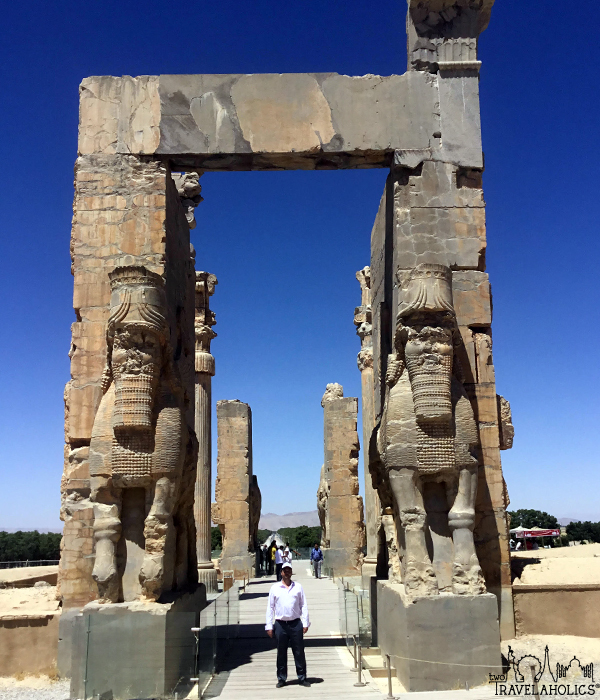
Two Travelaholics: Why did you choose to visit the Islamic Republic of Iran (Iran/Persia) and when did you visit?
Thomas Shubbuck: I chose to visit Iran because I was speaking with a fellow American while I was in China who had wanted to visit North Korea before the travel ban took place on September 1, 2017 to that country. I was willing to see the DPRK for a third time but the itinerary that was offered was the same as I had on my previous trips in, so I decided on visiting a different location. I looked at a map of places in Asia that I had not yet visited and figured that Iran would be an interesting location. I then watched a couple videos about Americans who have visited and felt it was a friendly and safe environment. Also, less than 4,000 Americans were visiting Iran each year, so why not be one of the few to do so? Rick Steves’ did an hour-long documentary on his experience in Iran.
2T: Was it hard to obtain an Iranian visa as an American?
Americans wishing to visit Iran must first contact a tour agency for a letter and approval from the government (unless if you have family in Iran who can ask the government for approval). After searching online for a tour provider I came across Iran Traveling Center. After exchanging emails I returned to them my visa application. I was told that approval would possibly take over 2 months, but I was lucky and was approved within just 3 weeks. The agency sent me the approved document, which I printed and took to the Iranian consulate in Shanghai for processing, along with my passport and 480 RMB. After 1 week I picked up my passport and was ready to go.
2T: So, as a US citizen, you needed to be accompanied by guides throughout your stay. How were they?
TS: Actually, I only had 1 guide and his name was Amir. He was very friendly and he enjoyed showing me around his country. Unlike my guides in North Korea, Amir was not part of the government. He showed me around many places and explained the history. My trip consisted of an arrival in Tehran, then a flight to Shiraz, with a drive back to Tehran. Along the drive we met nomads in the Sepidan Area, where I gave the children some stuffed animals from Disneyland Shanghai, a visit to ancient Persepolis and Necropolis, then Isfahan, and the very old (and continuously lived-in) village of Abyaneh, with multiple stops at mosques and bazaars to purchase gifts. I did have heatstroke from sunburn on my hand as I held it outside of the car window for a couple of hours. I just wasn’t thinking. It is the hottest area on the planet, and I was there during the first week of July, meaning it was the hottest part of the year. Amir allowed me extra time to recover and sleep in late for a couple of days. I appreciated that.
2T: Did the US travel warnings impact your decision to visit Iran (Islamic Republic of Iran)?
TS: No, I wanted to visit and experience the culture and see the ancient places first-hand. I am aware that there are several Americans being held in Iran but I am not a political person and only a traveler. Iran is listed by the State Department as a “Do Not Travel” country, but travel is not banned:
https://travel.state.gov/content/travel/en/traveladvisories/traveladvisories.html/
https://www.cnn.com/2013/07/04/world/detained-americans-fast-facts/index.html
2T: Did you take any precautions before going?
TS: I always try reading about my next destination. Originally my plan was to visit in either December 2017 or February 2018, but I had to delay these plans and eventually opted for the first week of July 2018. President Trump withdrew from the Iran nuclear accord on Tuesday, May 8, 2018, and I was granted my visa approval document on May 13, 2018, to bring to the consulate. Although most people would have not visited the consulate for the visa I decided it might be might only chance to see the country. Beyond bringing the approval document to the consulate, I had to purchase some cheap travel insurance for any medical difficulties. I never needed to use it. I also joined the Facebook group, See you in Iran.
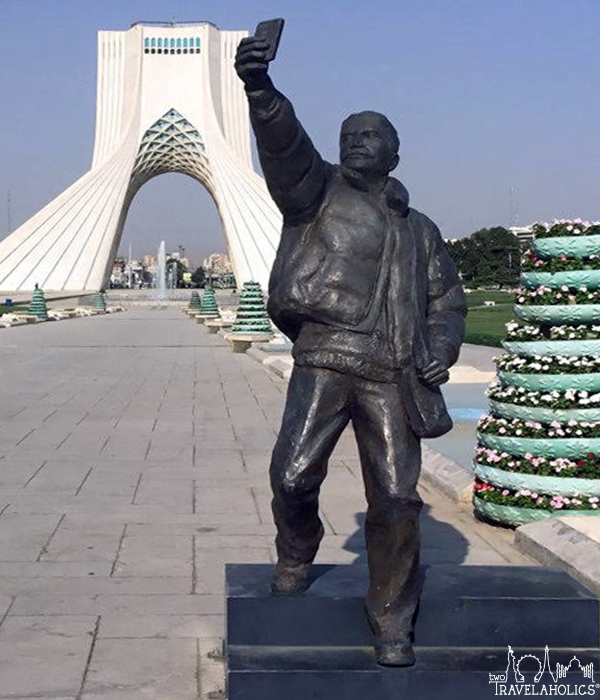
2T: What was it like arriving in Iran? Were you scared?
TS: Having visited North Korea twice, along with several favelas in Brazil, and nearly sliced into two pieces by sharks at the Great Barrier Reef, my level of fear is fairly low. Our plane from Xinjiang, China, was one of the final arrivals of the night. The Iranian citizen lines moved quickly through processing and so by the time I made it to the window I was the final person to be processed for the night. As I handed over my passport to the immigration officer he looked at it (remember, less than 4,000 Americans visit Iran each year) and he said, “Hummmm, American, come with me.” So we turned left and walked past other booths with officers inside of them. Along the way he would say “American” and an officer would pop out. By the time we made it to the end of the immigration area there were 7 people standing around me. “Hummmm, American” One of the officers opened a freezer and handed out ice cream to everyone, including me. Then they all gave me high-fives. “Welcome to Iran!” they all said.
That was the best welcome to any country that I have ever had. They were very kind.
2T: So where did you stay during your visit?
Nearly every night was at a different hotel. Originally I had planned to stay a couple of nights with the nomads, like I did in Mongolia, but that part was not approved. The rooms were usually small, but comfy, which allowed for the air conditioning to quickly cool down the area. Each place had a breakfast with a variety of local foods that really tasted great.
2T: Did you ever feel unsafe?
No. Everyone was very friendly and no one brought up politics. Some guy even started rapping some Jay-Z lyrics one time when he found out my nationality and that made me laugh.
2T: What was the sentiment toward America/Americans like?
Except for a few negative paintings on the walls of some city streets, and at the former US embassy, I didn’t experience any hostility toward Americans. In fact, informing someone that I was American usually led to conversations about American music and movies.
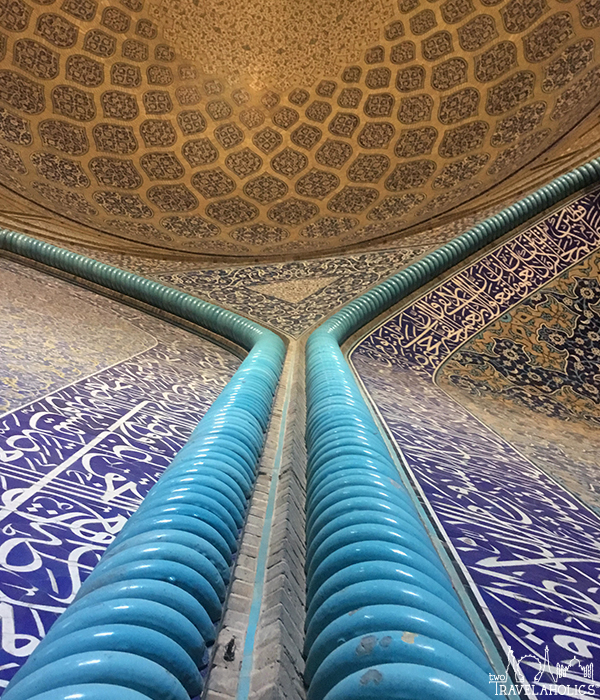
2T: How would you compare/contrast Iran to the U.S.?
Iranians are limited in some ways. Women must wear a headscarf (hijab) when walking outside, but it is okay to remove them in your private residence. The Internet is blocked a bit with a few websites like Facebook not being accessible but, if you have a VPN, you can access it (and most have access to a VPN). Everyone seems to know about events happening outside of the country from use of the Internet, unlike during my trips to the DPRK. Women do have the right to drive and vote. There are several fast food restaurants with similar sounding names and logos as in the U.S. because Western restaurants have not been allowed to do business in Iran. (They have “Freshway” instead of “Subway”).
No international ATMs or foreign credit cards can be used in the country as the SWIFT international financial system has been removed from their banking operations. There are ATMs for local currency, but as a foreigner, you will have to carry cash or obtain a “MahCard” which acts like a local ATM card. You can either exchange your currency at a bank or on the “black market” where rates are better. During the 1970s one USD was worth about 45 Iranian rials, but around the time I made it there in July 2018, one USD was exchangeable for 75,000 rials. Presently, as of September 2018, one USD can be exchanged at some locations for over 150,000 rials.
2T: What are some souvenirs that are worth purchasing?
Most certainly a Persian carpet is worth a purchase. Reading up about them before I left I found that some can cost $1,000s of USDs. Different reasons for this include the material (wool vs. silk), the pattern, age of the carpet, the region where it was made, and if it had a “signature” of a famous carpet maker on it. After about 15 minutes of haggling the price with a carpet dealer that I had met at a bazaar, I think I did fairly well. The exchange rate helped too.
Saffron is also common and cheap to buy in Iran. I had saffron sugar, saffron tea, and a saffron ice cream sandwich from the officers at the airport. Outside of Iran the price of saffron, per weight, can cost more than that of gold so I wanted to eat as much of it as I could while in Iran.
The pistachio nut is very common as well. The U.S. and Iran are the two largest exporters of pistachios. I had a few ice cream scoops mixed with saffron and pistachio nuts and they tasted amazing.
Also, Iran has several markets selling high quality turquoise at great prices. But having a guide with you can help in negotiating a better price (Thanks Amir!).
2T: What really stood out to you?
The people were very kind and welcoming. Everywhere we went someone would offer us tea, or say “Salam” with a smile, or show us around their town without asking for anything in return. I don’t want it to sound perfect though as I have read that some thieves dress up as police officers and demand your money because they know foreigners usually carry cash. That didn’t happen to me though. But I think the kindness really stuck out from the moment I arrived and the immigration officers gave me the ice cream to the moment I left after eating a plentiful dinner in a relaxing restaurant outside and under the open sky.
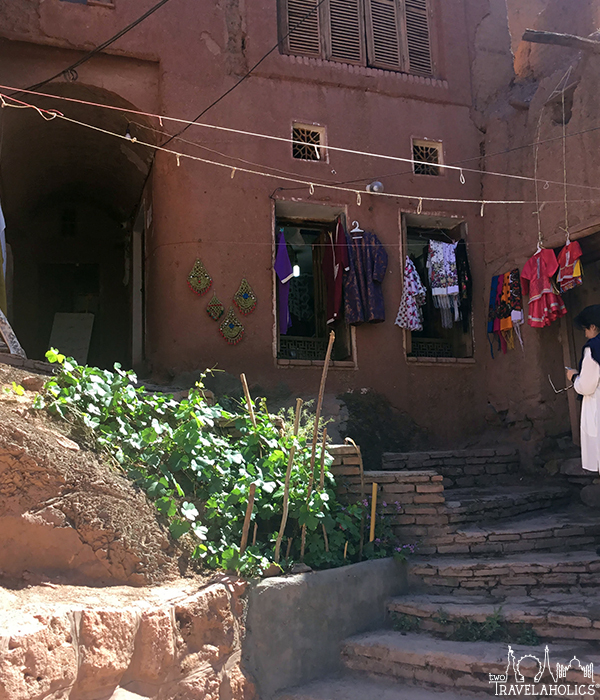
There is a Cathedral of the Holy Savior in Isfahan that was built by the Armenians in the early 1600’s and is sometimes also named after the Iranian ruler, Vank, of the period who offered them safety after the Ottoman war. There you can find objects dedicated to Orthodox and Protestant Christians. Yes, a Christian church does exist in Iran. In fact, the world’s smallest prayer book is on display within its collect. I believe there is a small Jewish community in Iran too.
Also, Persepolis was impressive, especially with the tombs of the kings carved into the rocks. It was built entirely with paid workers, as slavery was forbidden.
2T: Why would you recommend (or not) that an American visit Iran?
Most certainly you should visit. Just don’t visit during the summer like I did or you might get heatstroke. I heard that spring was the best time to go. Make sure to contact a tour agency first to receive your confirmation letter from the government before going to obtain a visa. Without the approval letter, the embassy or consulate cannot help you. There is a card that you can place your cash on when you arrive that is a debit card and works throughout Iran on their ATM system called the MahCard. I was going to obtain one but the exchange rate was moving so much that I figured that I would rather wait for a better rate at the local markets. Walking around Persepolis makes you feel like you are a part of history.
2T: Would you like to mention anything else?
Just be careful when crossing the street as cars don’t stop for you. Be sure to buy a Persian carpet to take home with you, it is worth the price. Also, thank you to my guide Amir who showed me all the places that I wanted to visit and was very detailed in the history of the Persian Empire. Additionally, thank you to photographer Amir who took my picture under The Milky Way as we watched 4 planets rise into the night sky. If you have time, try visiting the National Museum of Iran with the “Salt Man” on display. Although I do not smoke, I did try the hookah lounges in a couple of cities. The items being smoked are flavored tobacco, similar to a cigarette but without the harmful chemicals. I had the mixed mint and apple. Also, around Shiraz, there are many farms that grow grapes. Even though drinking alcohol, including wine, is forbidden you just might be able to find someone that has made it at home and is willing to share with you. Finally, there is a relaxing tea house in Kashan where the booths are like beds and you can lay back on them during the hot days. The owner stops by and displays the Iranian flag and a flag from the country that you are from. Some individuals stopped by and said hi. Everyone was very hospitable.
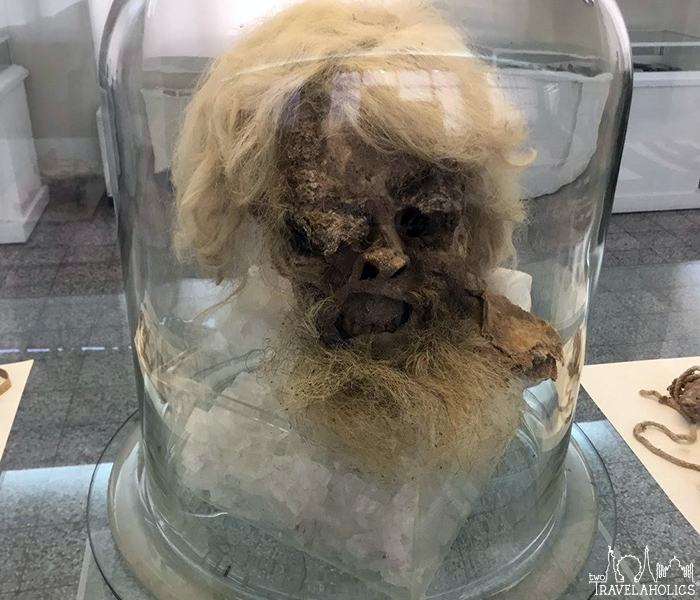
All pictures are copyright Thomas Shubbuck.
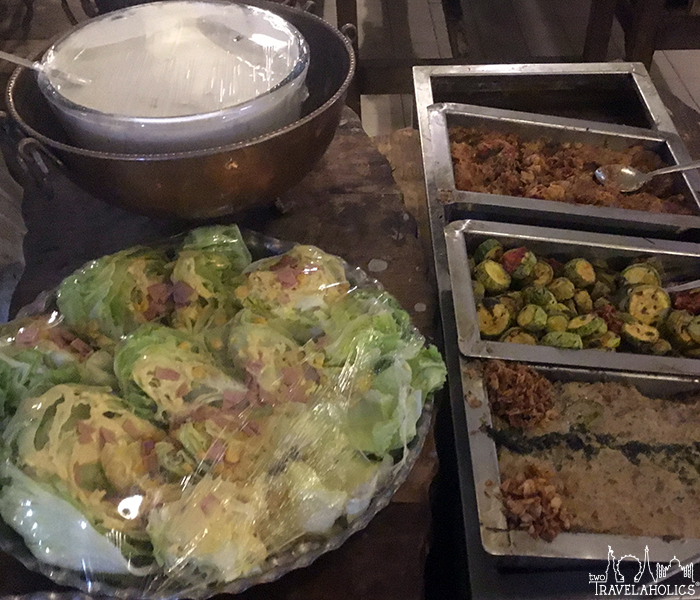
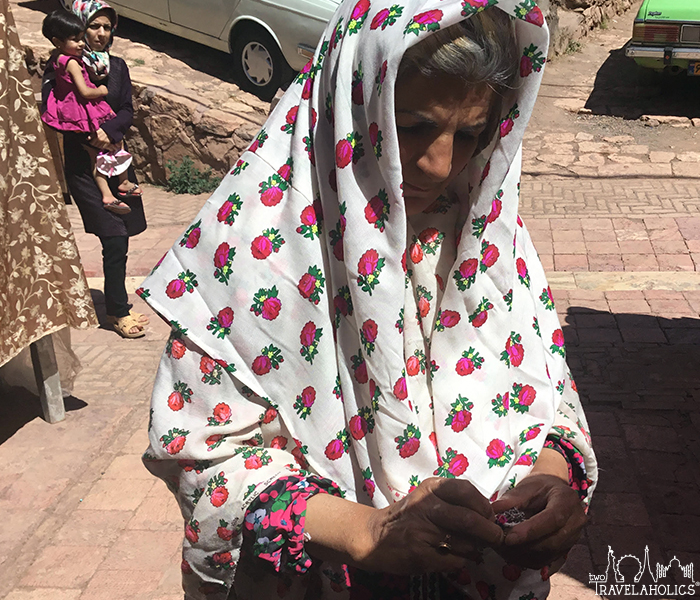
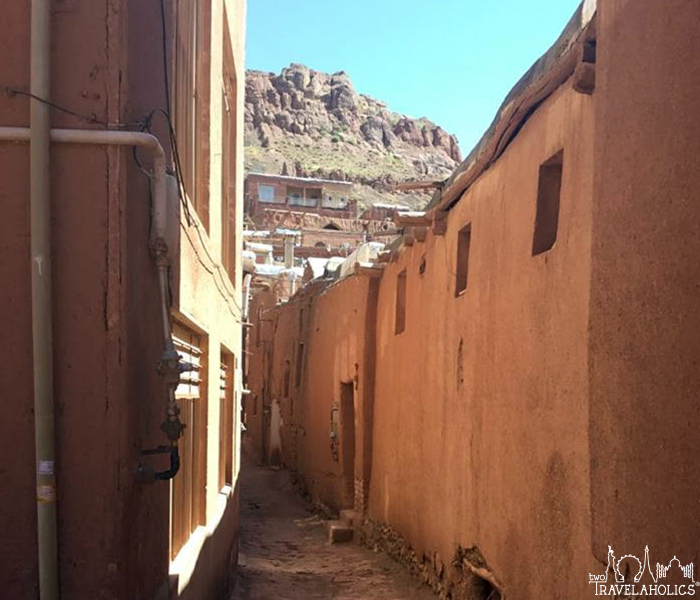
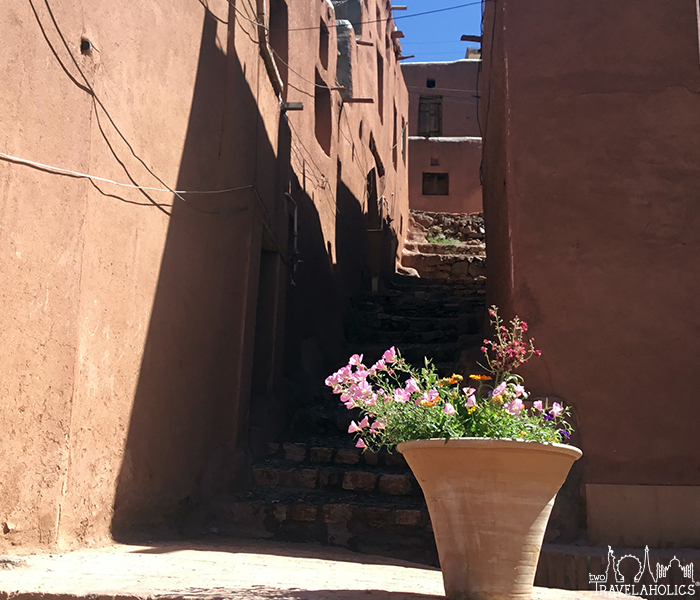
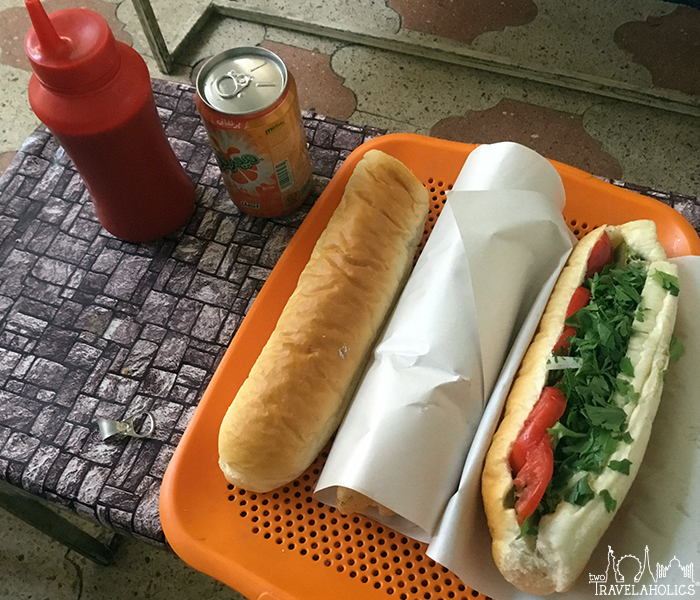
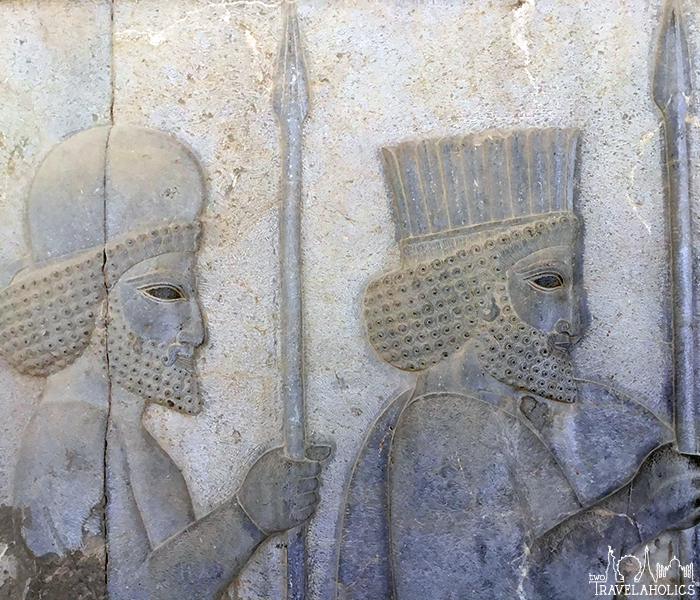
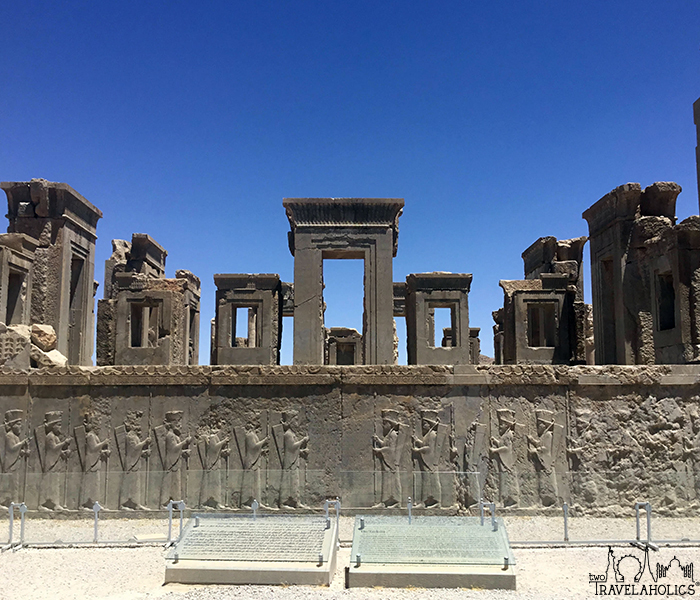
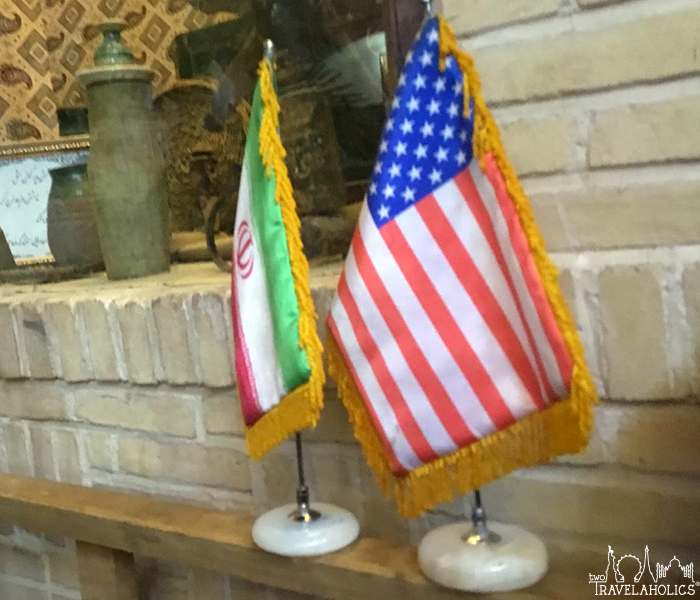
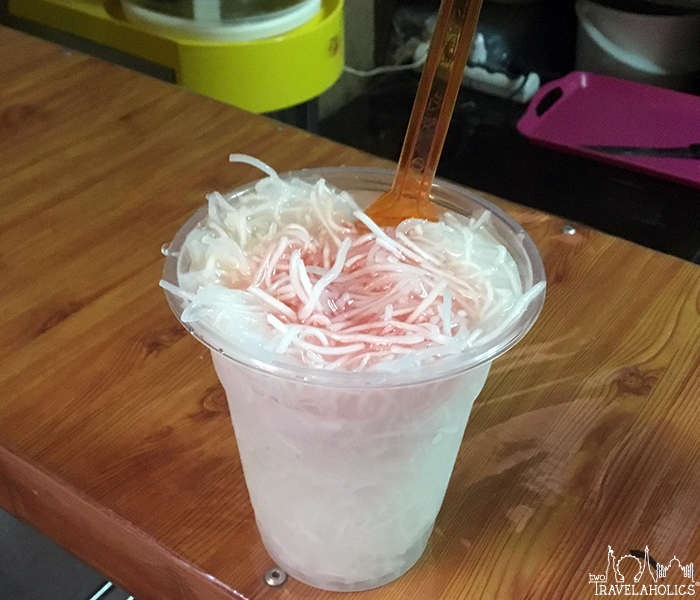
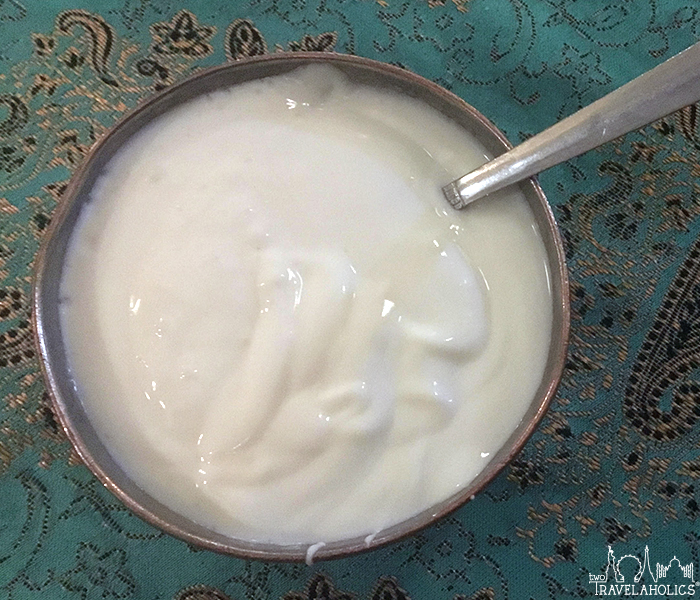
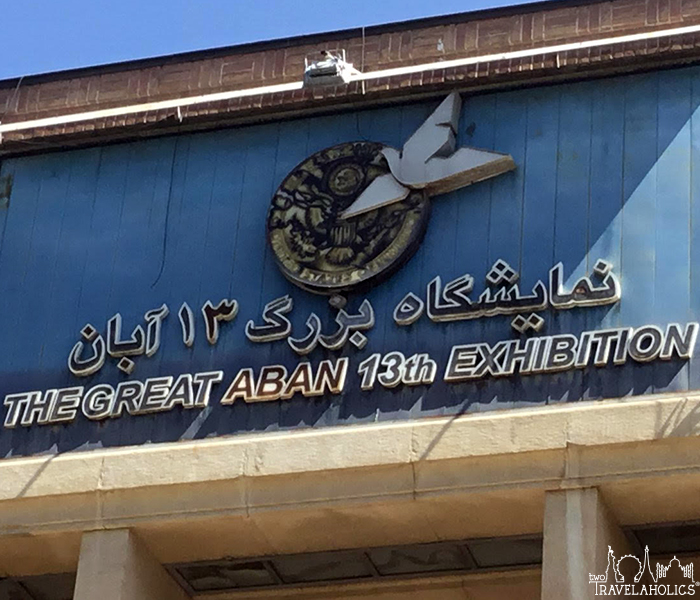
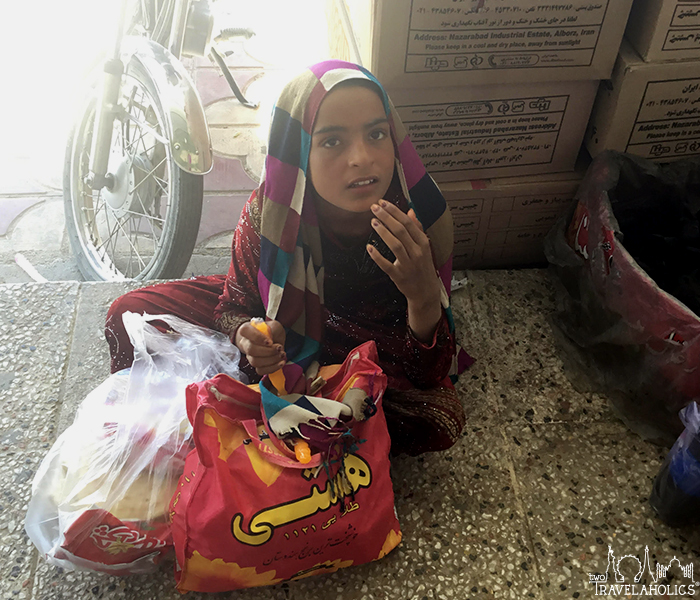
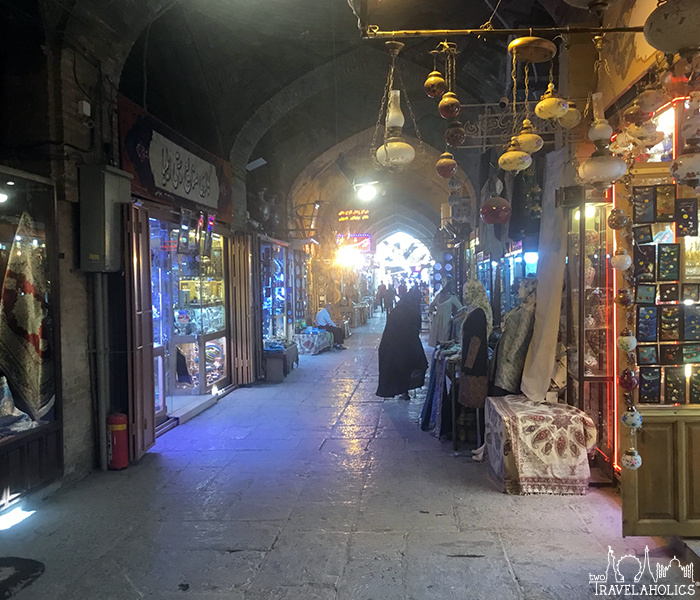
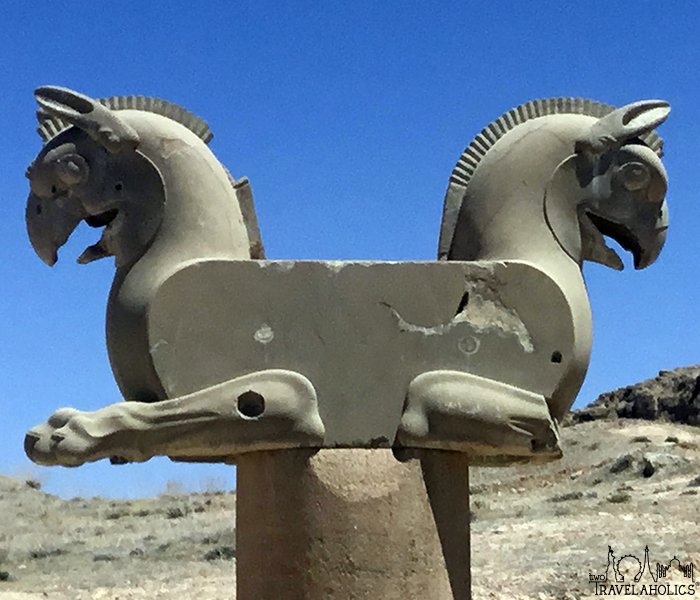
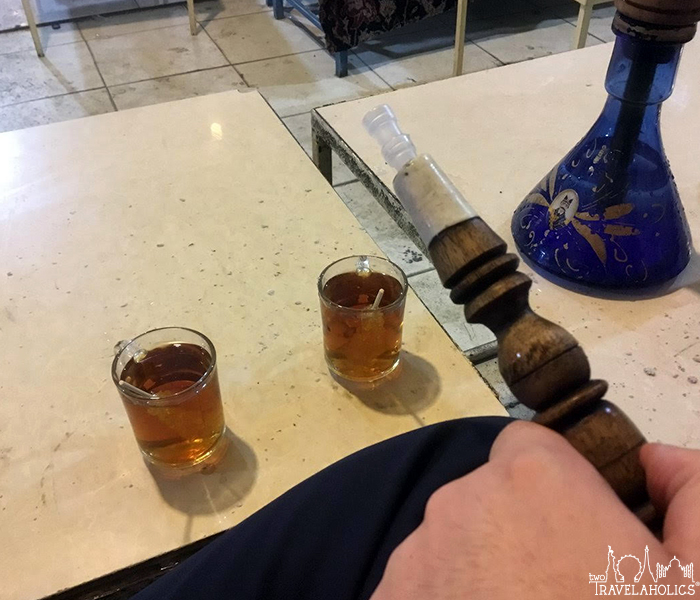
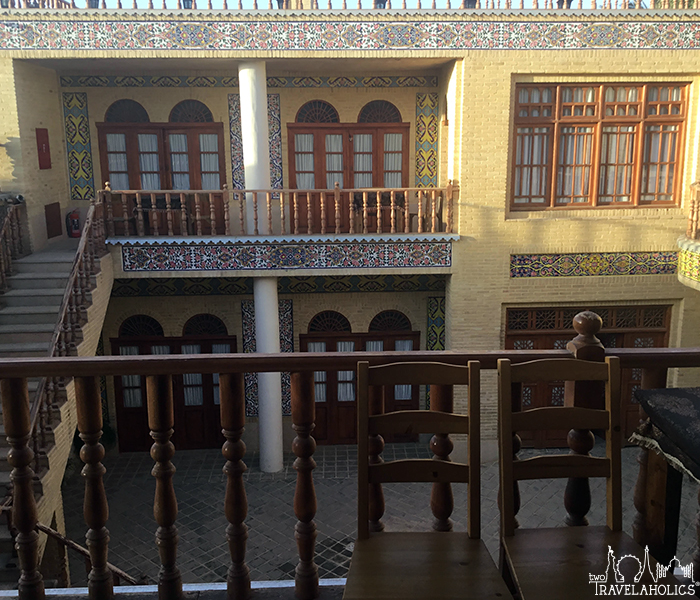
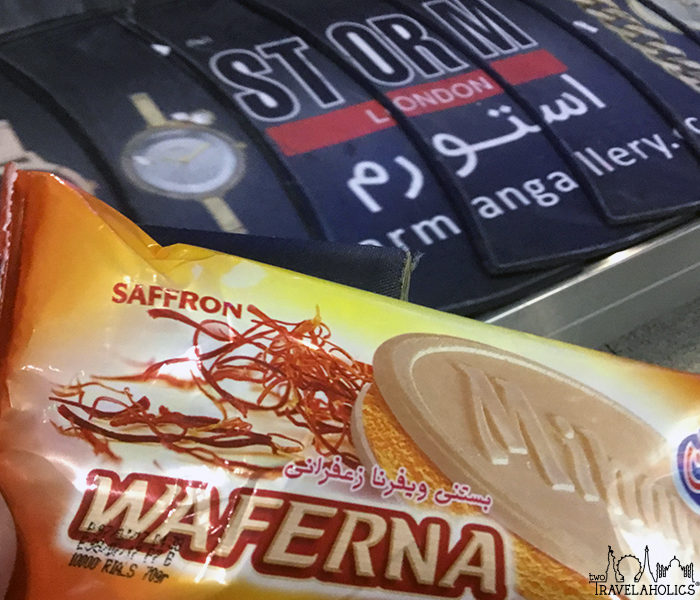
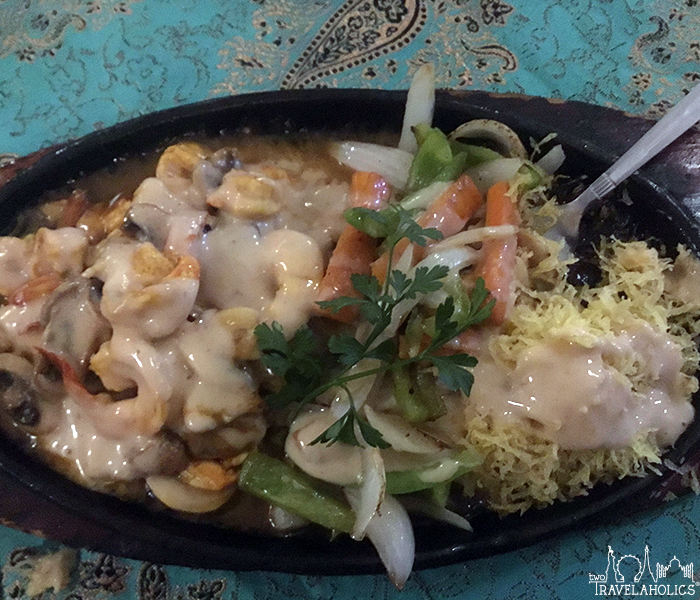
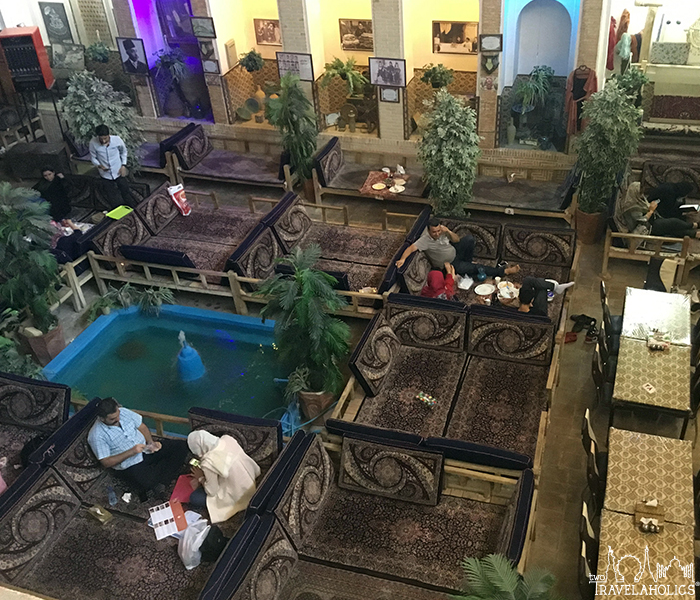
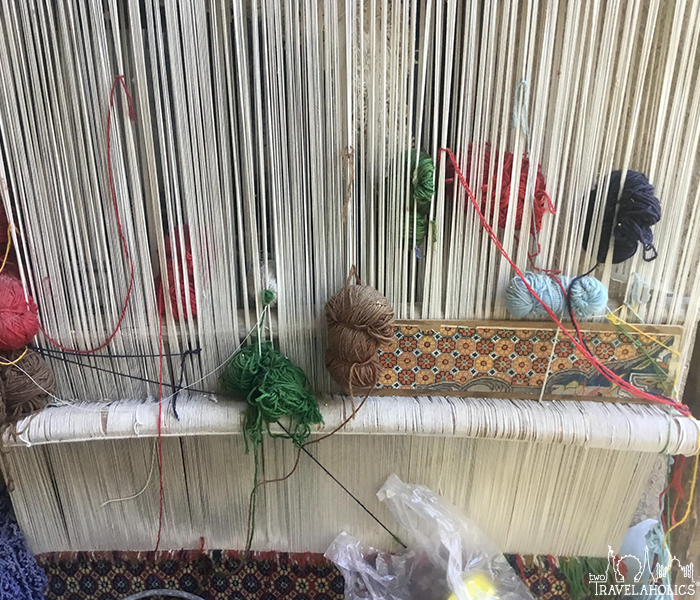
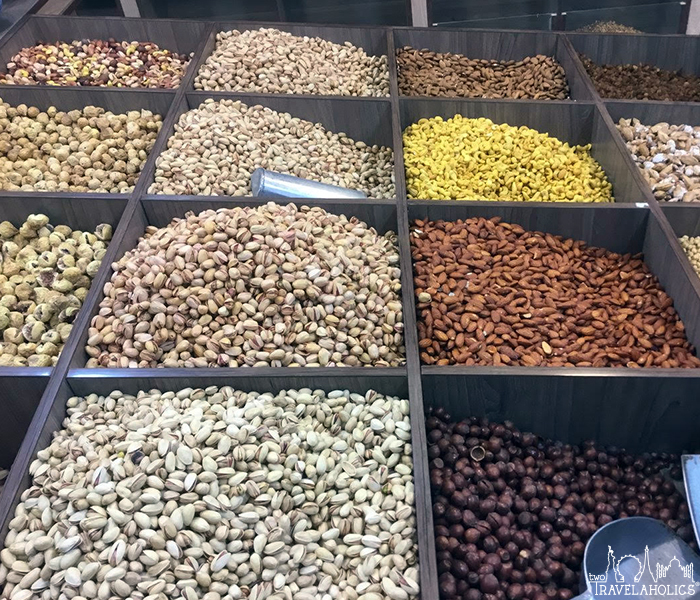
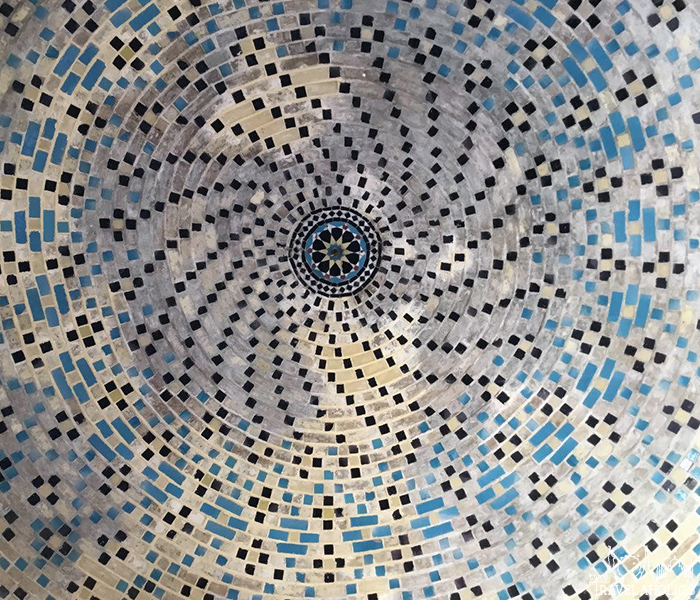
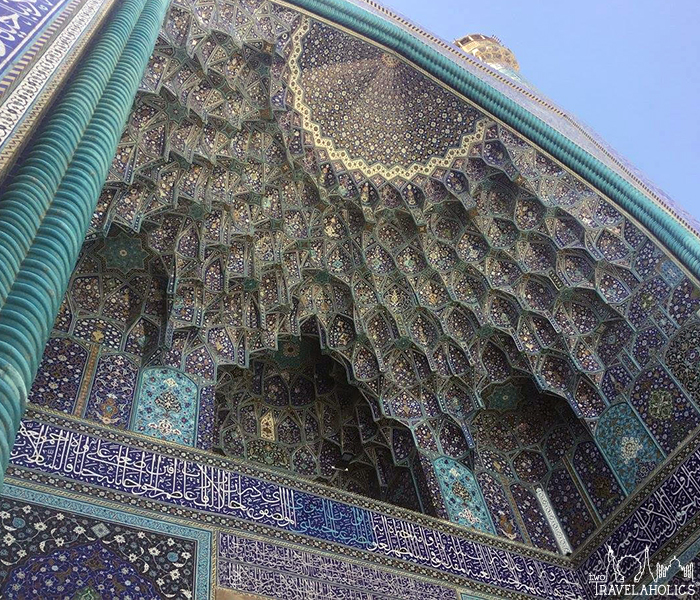
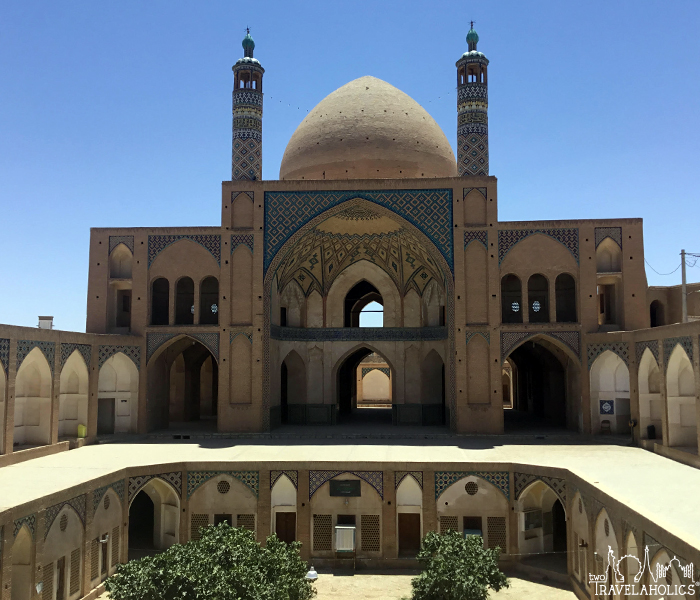
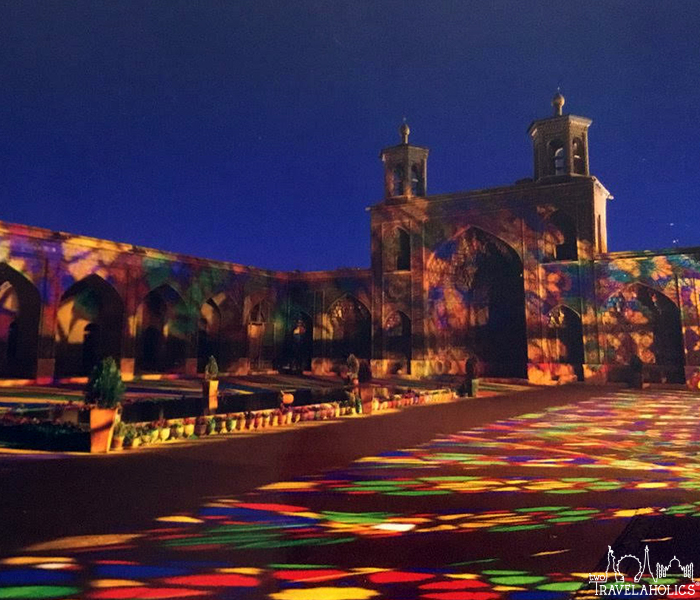
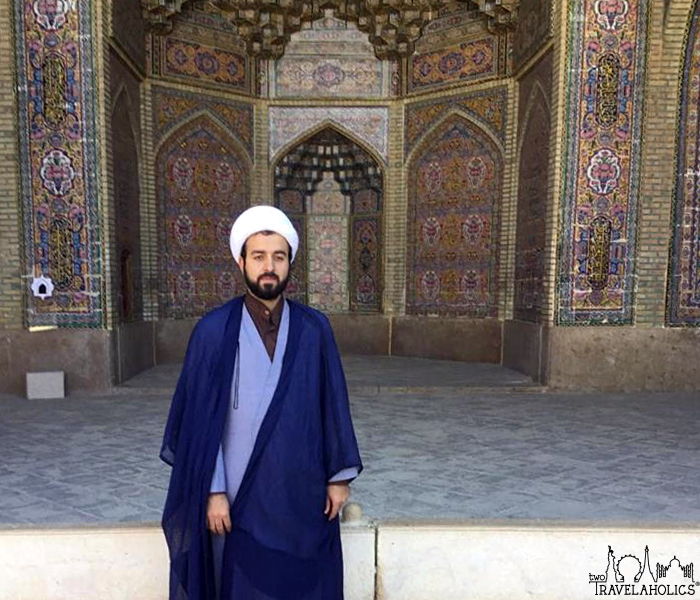
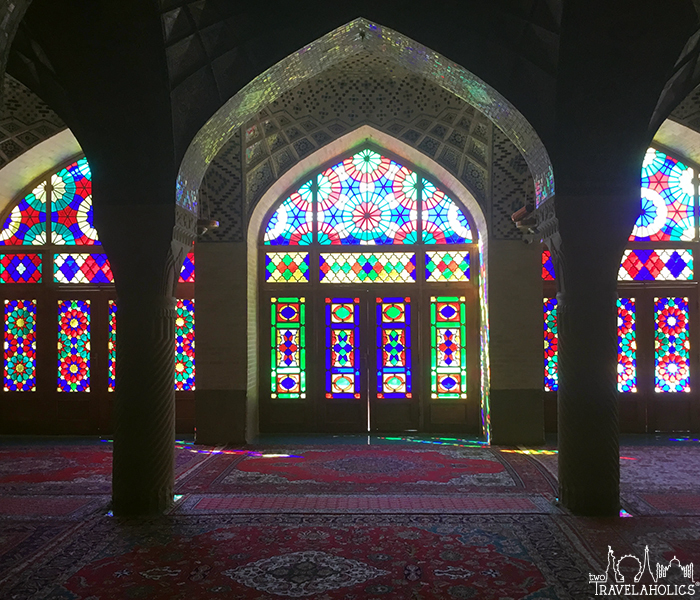
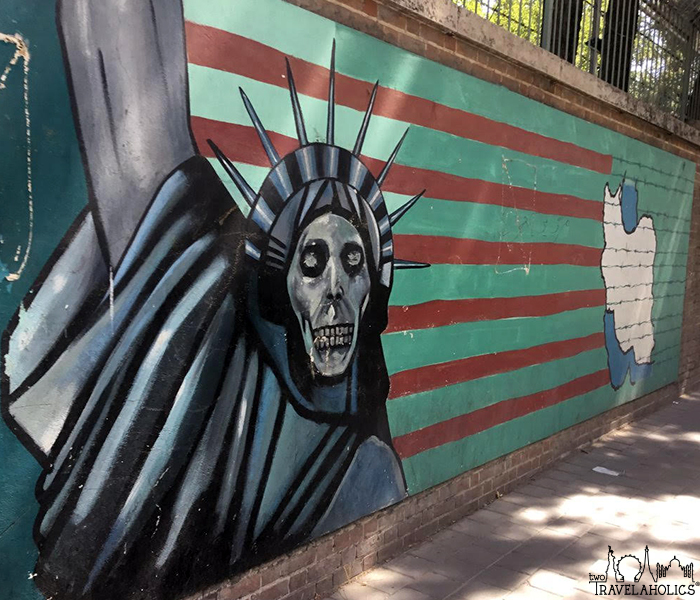
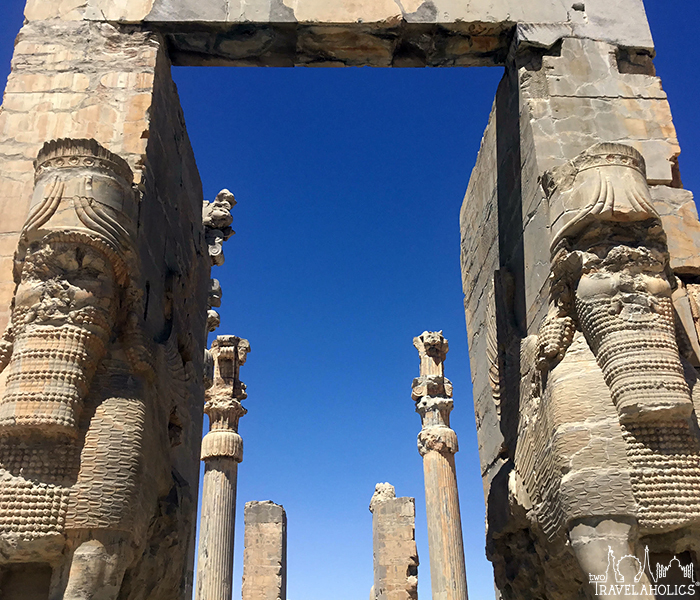
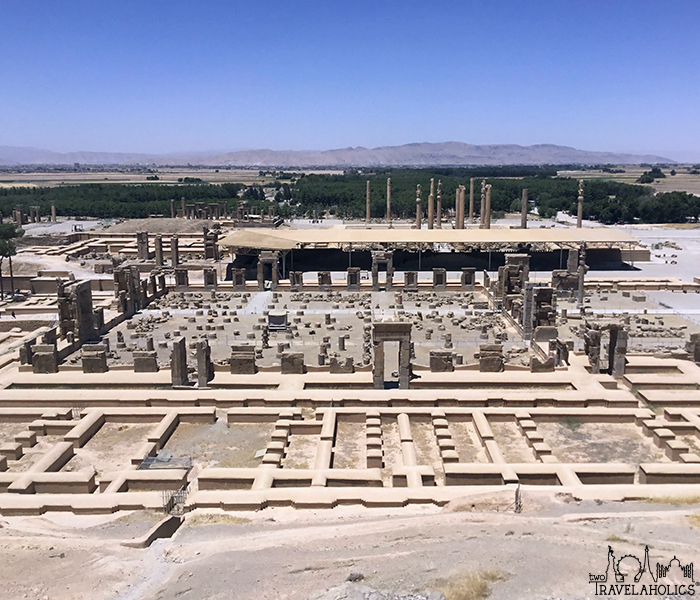
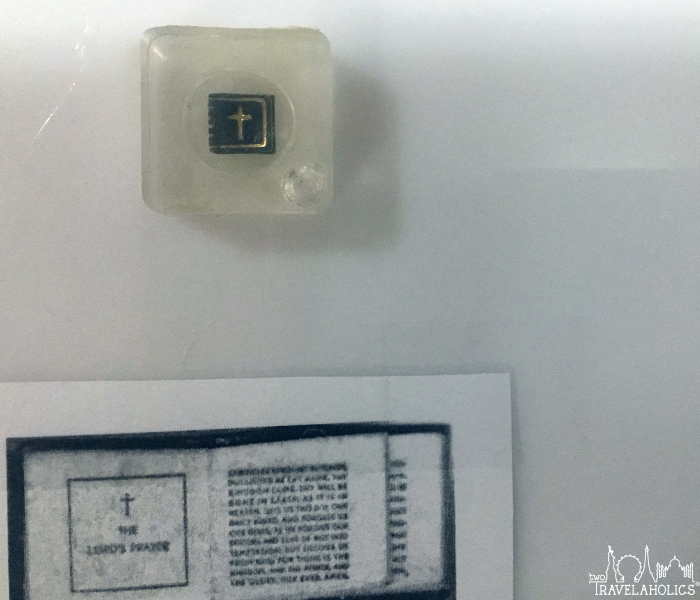
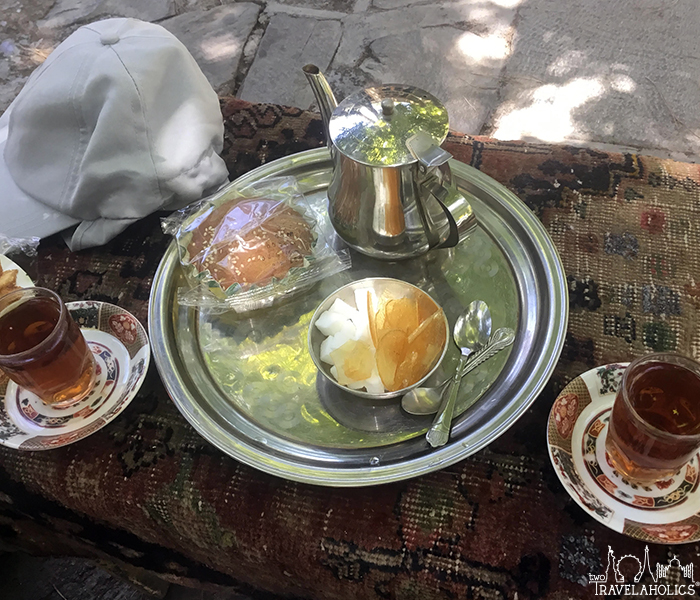
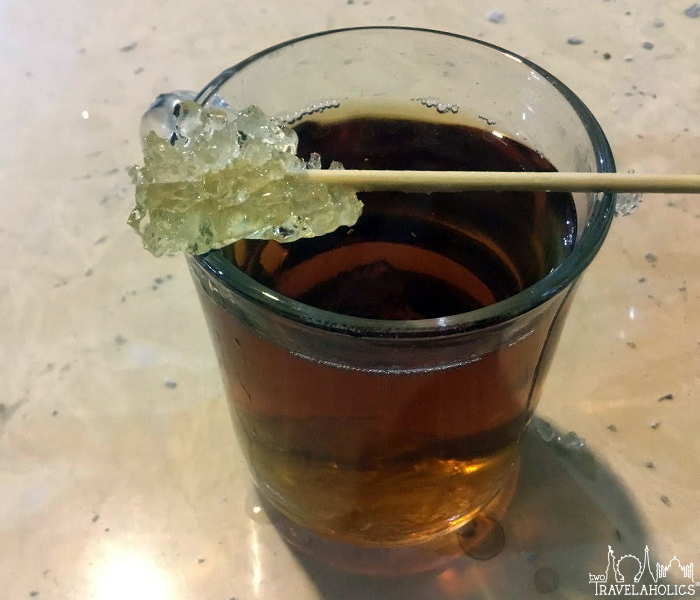
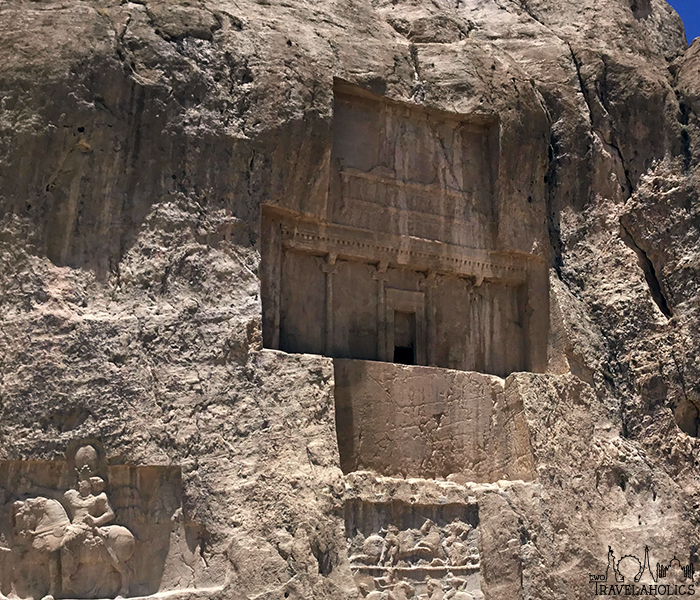
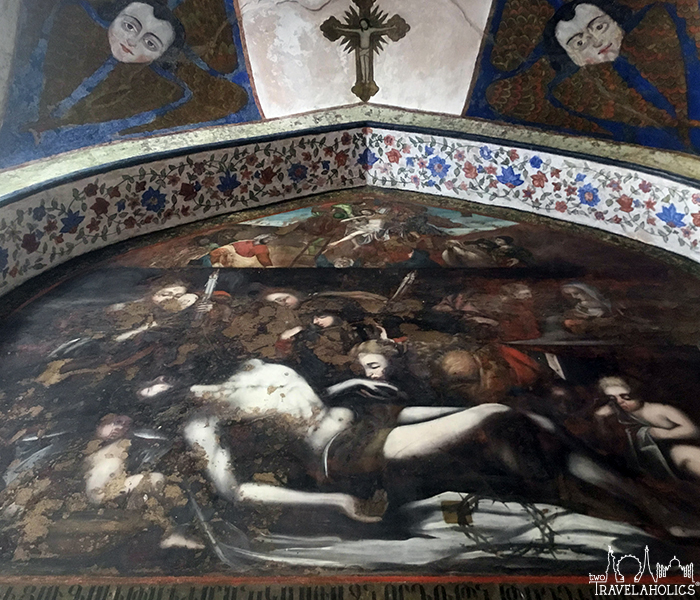












I found this article very interesting. Thomas is very adventurous and sure likes to go to places most of us would not even consider.
fascinating